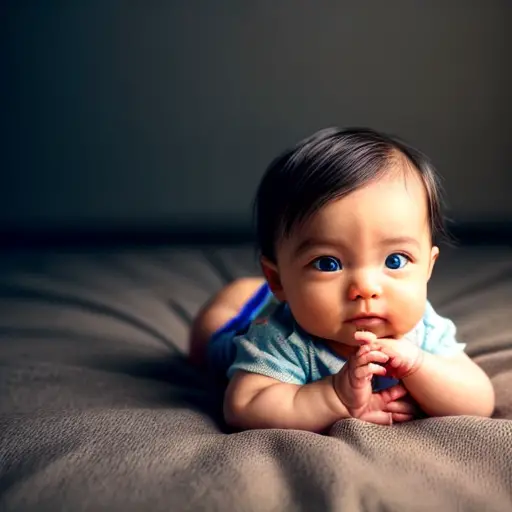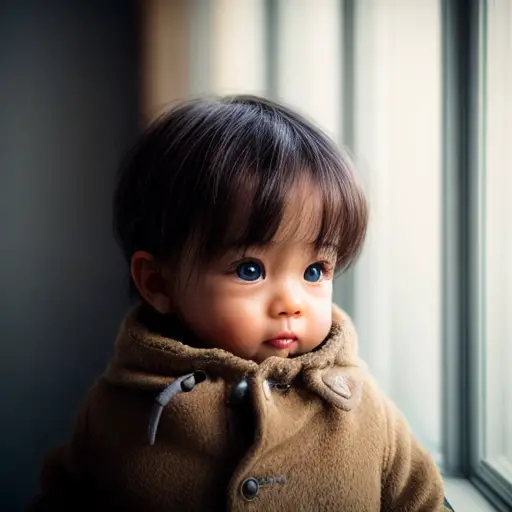Understanding Child Development: An Introduction to Key Concepts
Child development, oh the joys and mysteries it holds! It's like watching a tiny human evolve from a squishy potato into a walking, talking, and occasionally tantrum-throwing creature. But what exactly is child development, you ask? Well, my friend, it's the magical journey of how kids grow physically, mentally, and emotionally. It's like witnessing a science experiment where the variables are sleepless nights, messy playrooms, and an endless supply of snacks. From the moment they enter this world, children embark on a rollercoaster ride of milestones, from their first adorable babble to their first eye-rolling response to your lame jokes. So buckle up, fellow adventurers, as we dive into the fascinating world of child development and unlock the secrets of these tiny, unpredictable creatures we call kids.
The Stages of Child Development: From Infancy to Adolescence
Child development refers to the biological, psychological, and emotional changes that occur in children from birth through adolescence. It encompasses the growth and maturation of physical abilities, cognitive skills, language acquisition, social interactions, and emotional regulation. Interestingly, child development is not solely influenced by genetics but is also shaped by environmental factors such as family dynamics, cultural influences, and educational experiences.
Child development, oh what a wild and wondrous journey it is! From the moment they enter this world, children embark on a whirlwind adventure through various stages of growth and development. It's like witnessing a caterpillar transform into a majestic butterfly, but with a lot more mess and noise. From the adorable babbling and wobbly first steps of infancy to the rebellious eye-rolling and hormone-fueled drama of adolescence, child development encompasses the physical, cognitive, and social changes that occur as kids navigate their way through life. It's a rollercoaster ride filled with milestones, tantrums, and the occasional 'I love you, Mommy' that makes it all worthwhile. So, hold on tight, fellow explorers, as we delve into the fascinating stages of child development and unravel the mysteries of these ever-evolving creatures we call children.
Factors Influencing Child Development: Nature vs. Nurture

Child development, the intricate dance between nature and nurture. It's a topic that has sparked debates and discussions among experts and parents alike. When we talk about factors influencing child development, we can't help but ponder the age-old question: is it genetics or the environment that shapes who our children become?
Nature, or genetics, plays a significant role in child development. It's like the blueprint that sets the foundation for a child's physical and cognitive abilities. From inheriting eye color to certain personality traits, nature provides the starting point for a child's journey. However, it's important to remember that nature is not the sole determining factor. It's just the beginning of the story.
Nurture, or the environment, is the other half of the equation. It's like the artist who takes that genetic blueprint and adds the colors, textures, and brushstrokes that shape a child's development. The environment a child grows up in, from the family dynamics to the community they belong to, has a profound impact on their growth and well-being. It influences their language development, social skills, and even their emotional resilience.
But here's the twist: nature and nurture are not opposing forces. They work hand in hand, intertwining and influencing each other throughout a child's development. It's like a dance where genetics and environment partner up to create a unique individual. Understanding this delicate balance is crucial in providing the best possible support and opportunities for children to thrive.
In conclusion, child development is a complex interplay between nature and nurture. Genetics provide the foundation, while the environment shapes and molds a child's growth. It's not a matter of one factor being more important than the other, but rather recognizing the intricate dance between the two. By understanding and appreciating the influence of both nature and nurture, we can better support and nurture the development of our children, helping them reach their full potential.
Measuring Child Development: Assessing Growth and Milestones
Child development refers to the biological, psychological, and emotional changes that occur in children as they grow and mature. It is a fascinating process that involves the development of various skills, such as language, motor skills, cognitive abilities, and social interactions. Fun fact: Did you know that babies are born with around 100 billion neurons, which is more than the number of stars in the Milky Way galaxy?
Child development, oh how we love to measure and track those precious milestones! It's like a game of 'Did you reach this yet?' and 'When will you do that?' But why do we measure child development? Well, my friend, it's because understanding and assessing a child's growth and milestones is crucial in ensuring they are on track and thriving. From measuring their height and weight to tracking their language development and cognitive abilities, we use various tools and assessments to gauge their progress. It's like having a roadmap that helps us navigate the twists and turns of their development, ensuring they are reaching their full potential. So, let's grab our measuring tapes and milestone checklists as we embark on this exciting journey of measuring and assessing child development.

